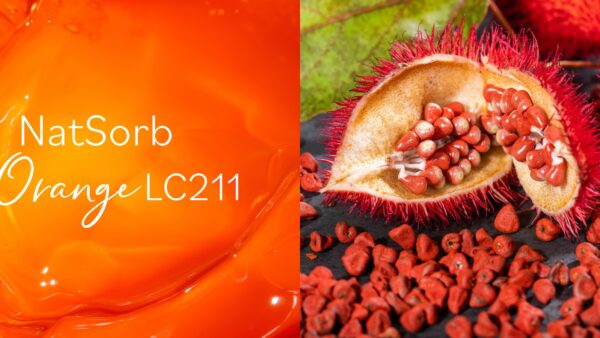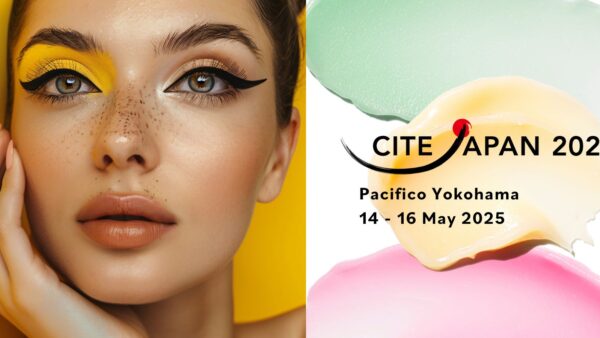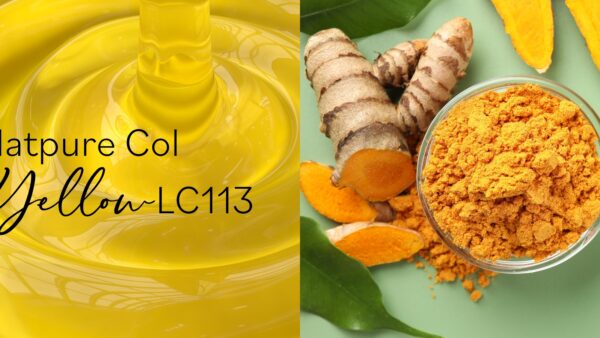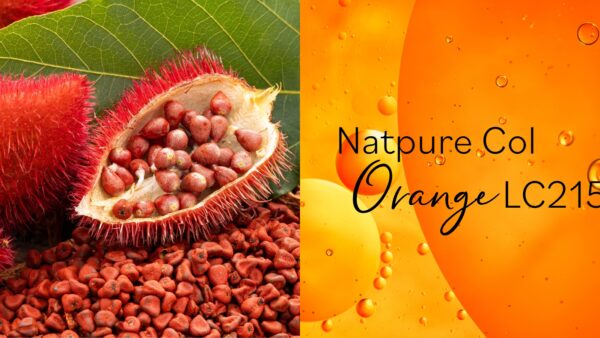As consumers embrace hair coloration as an extension of their self-expression, they are challenging beauty companies to multiply the range of available colors, their intensity and their performance. At the same time tightening regulations across the globe makes hair dye creation more difficult than ever, especially for global companies looking to expand their offerings worldwide.
These regulations limit the number of dyes allowed for hair coloring, which forces formulators to combine these dyes to create new colors. This can become a delicate exercise of balancing the performance with the limitations set by local regulations.
Navigating Regional Regulatory Landscapes
European regulations precisely define hair products as cosmetic products which are intended to be applied to the hair of the head or face, except eyelashes. In Europe, hair colorants are regulated under the Cosmetic Regulation 1223/2009/EU, and the majority of manufacturers tend to use ingredients authorized in Annex III of this regulation. The independent Scientific Committee on Consumer Safety (SCCS) also makes recommendations that can be followed by the European Commission when they propose new regulations. Basic Red 51, Basic Red 76, and HC Blue 15 are only a few examples of the basic dyes approved, according to this regulation.
In North America, things are a bit looser. Coal tar derived hair dyes are not regulated in the USA but these substances are listed on the TSCA Chemical Substance Inventory.Canada follows similar rules.
The Asia-Pacific area is a real challenge for formulators, as regulations greatly vary from one country to another. In China, only dyes listed in Annex 7 of the Hygienic Standard 2015 can be used. In Japan, manufacturing practices are highly influenced by the Japan Hair Color Industry Association, which studies hair dyes toxicological data and sets national standards for the industry. These dyes are then classified in three categories (Category 1: all toxicology data for the substance has been proactively provided by the manufacturer, Category 2: the registration of the substance is specific to a manufacturer, Category 3: toxicology data is available if requested). Additionally, Korea has established a positive list of ingredients that are approved for hair dying.
The Right Balance Between Performance and Compliance
For formulators, picking the right dyes can quickly become a challenge that requires juggling with the colorant’s performance, stability, and its international compliance.
Over the past few years, Sensient has started exploring new alternatives to keep up with the latest SCCS recommendations in Europe and the evolving regulatory landscape in South Korea.
The Arianor® range of semi-permanent hair dyes complies with USA and South Korean regulations, and are either mentioned in Annex III of the Cosmetic Regulation 1223/2009/EU or pending. In order to support brands that are looking to blend these dyes to come up with new shades and colors, Sensient has created optimized blends to combine high performance, stability in formulation, and wide compliance. Contact us now for more information on our Arianor® range of hair dyes.









